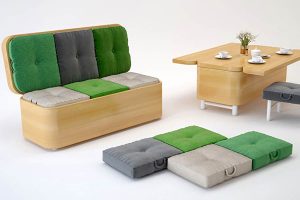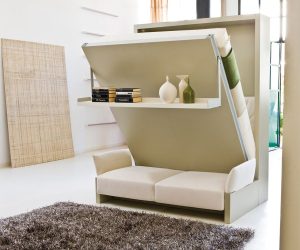
Furniture design is an ever-evolving field that blends creativity, functionality, and aesthetics
Whether you lean towards contemporary or classic styles, understanding the latest trends can help you create a visually appealing and harmonious living space. This article delves into the trends in furniture design, exploring both contemporary and classic styles that are currently shaping the industry
1. Contemporary Furniture Design:
Contemporary furniture design embodies the spirit of the present, with a focus on clean lines, minimalism, and functionality. Here are some prominent trends within contemporary furniture design:
a. Organic Shapes and Fluid Lines: Contemporary furniture often features fluid lines and organic shapes inspired by nature. Curved and asymmetrical forms bring a sense of dynamism and visual interest to the space.
b. Sustainable Materials: With a growing emphasis on eco-consciousness, contemporary furniture design embraces sustainable materials like bamboo, reclaimed wood, and recycled materials. These choices not only reduce environmental impact but also add a unique character to the furniture.
c. Mixed Materials and Textures: Contemporary furniture combines different materials and textures to create contrast and visual appeal. Pairing sleek metal accents with warm wood, or smooth surfaces with textured fabrics, adds depth and visual interest to contemporary pieces.
d. Modular and Versatile Designs: As space becomes more valuable, contemporary furniture often incorporates modular designs that can be easily reconfigured to adapt to changing needs. Versatile furniture, such as sectional sofas with movable components or multi-purpose storage solutions, optimizes functionality and flexibility.
2. Classic Furniture Design:
Classic furniture design draws inspiration from timeless aesthetics and traditional craftsmanship. While staying true to its roots, classic furniture also evolves to embrace contemporary influences. Here are some key trends in classic furniture design:
a. Timeless Silhouettes: Classic furniture often features timeless silhouettes that have stood the test of time. These designs are characterized by elegance, balance, and proportions that exude sophistication. Classic styles include traditional, Victorian, and Georgian designs, among others.
b. Luxurious Upholstery: Classic furniture often incorporates luxurious fabrics and upholstery, such as velvet, silk, or richly textured materials. These choices enhance the sense of opulence and create a sumptuous feel within the space.
c. Ornate Details: Classic furniture is known for its intricate details and decorative elements. From carved wood accents to intricate metalwork, these embellishments add depth and visual interest to classic pieces, showcasing the craftsmanship and attention to detail.
d. Time-Honored Materials: Classic furniture relies on high-quality, enduring materials like solid wood, marble, and leather. These materials not only contribute to the durability of the furniture but also exude a sense of elegance and sophistication.
Conclusion:
Trends in furniture design encompass a wide range of styles, from contemporary minimalism to classic elegance. Understanding these trends can help you curate a living space that reflects your personal taste while staying current. Whether you lean towards the clean lines and functionality of contemporary design or the timeless elegance of classic styles, incorporating the latest trends in furniture design can elevate your home and create a visually captivating environment that stands the test of time.

